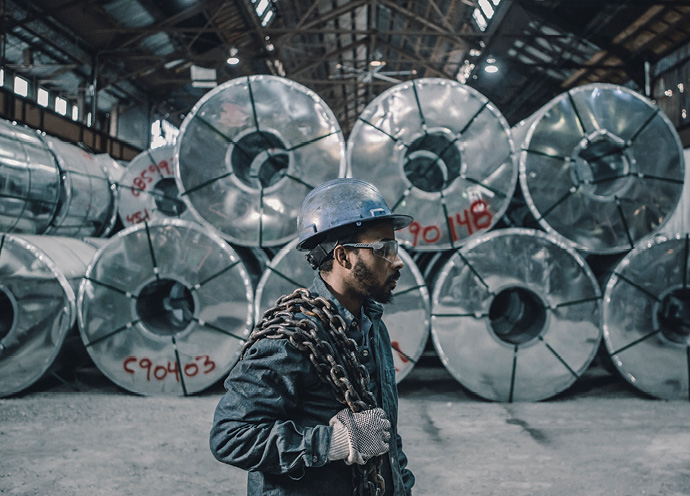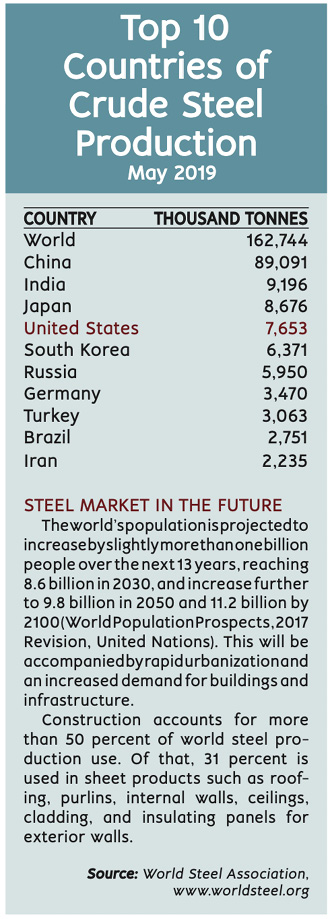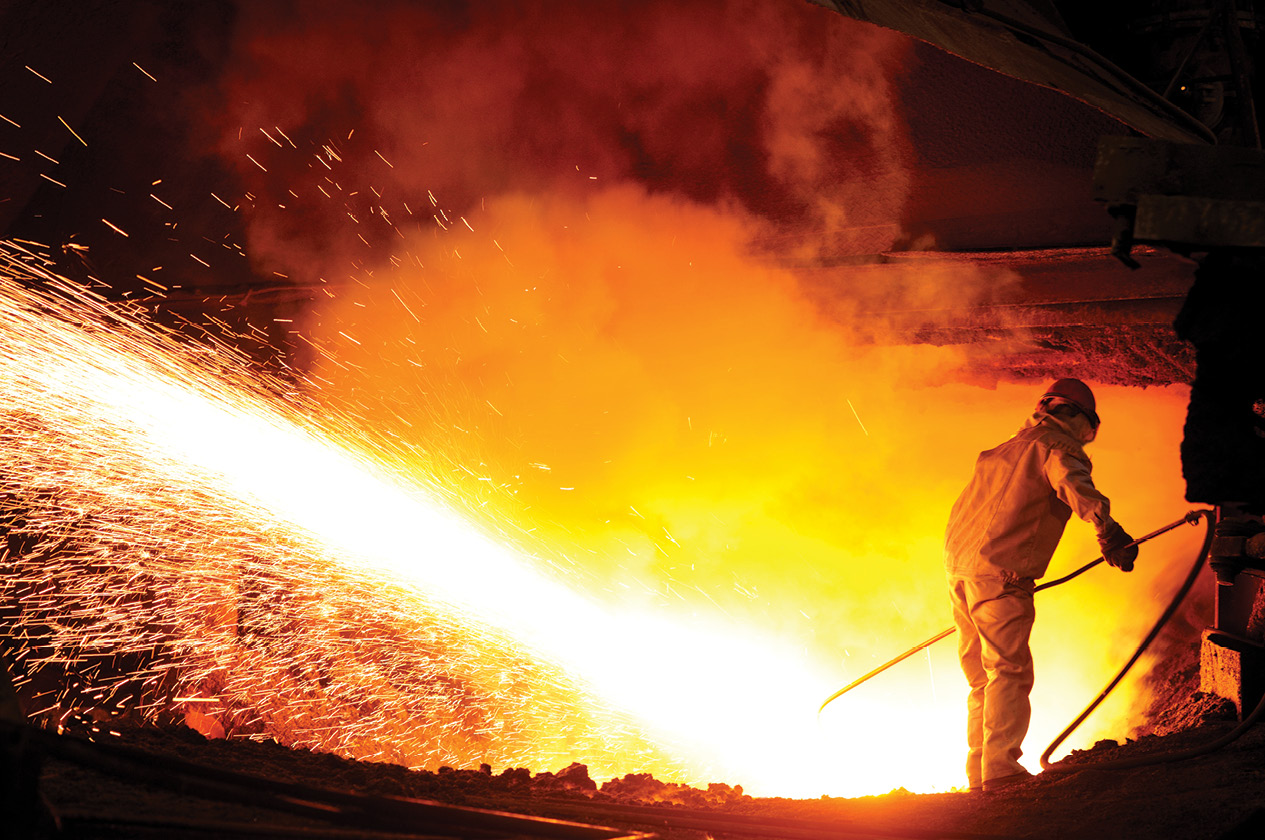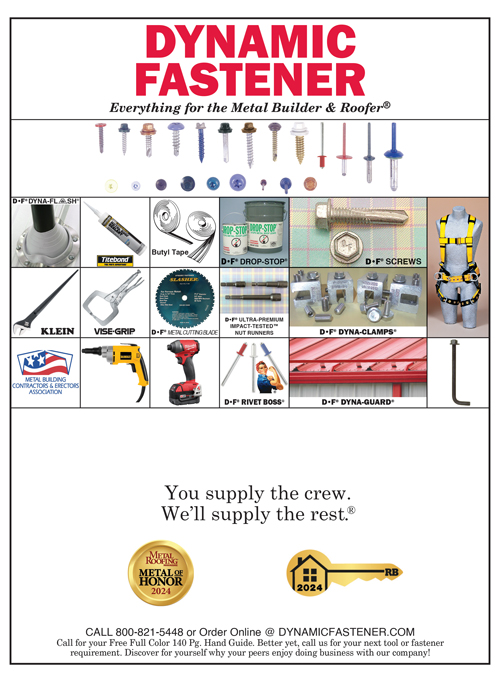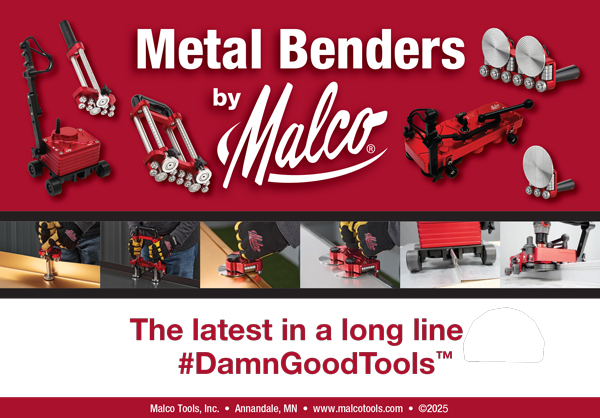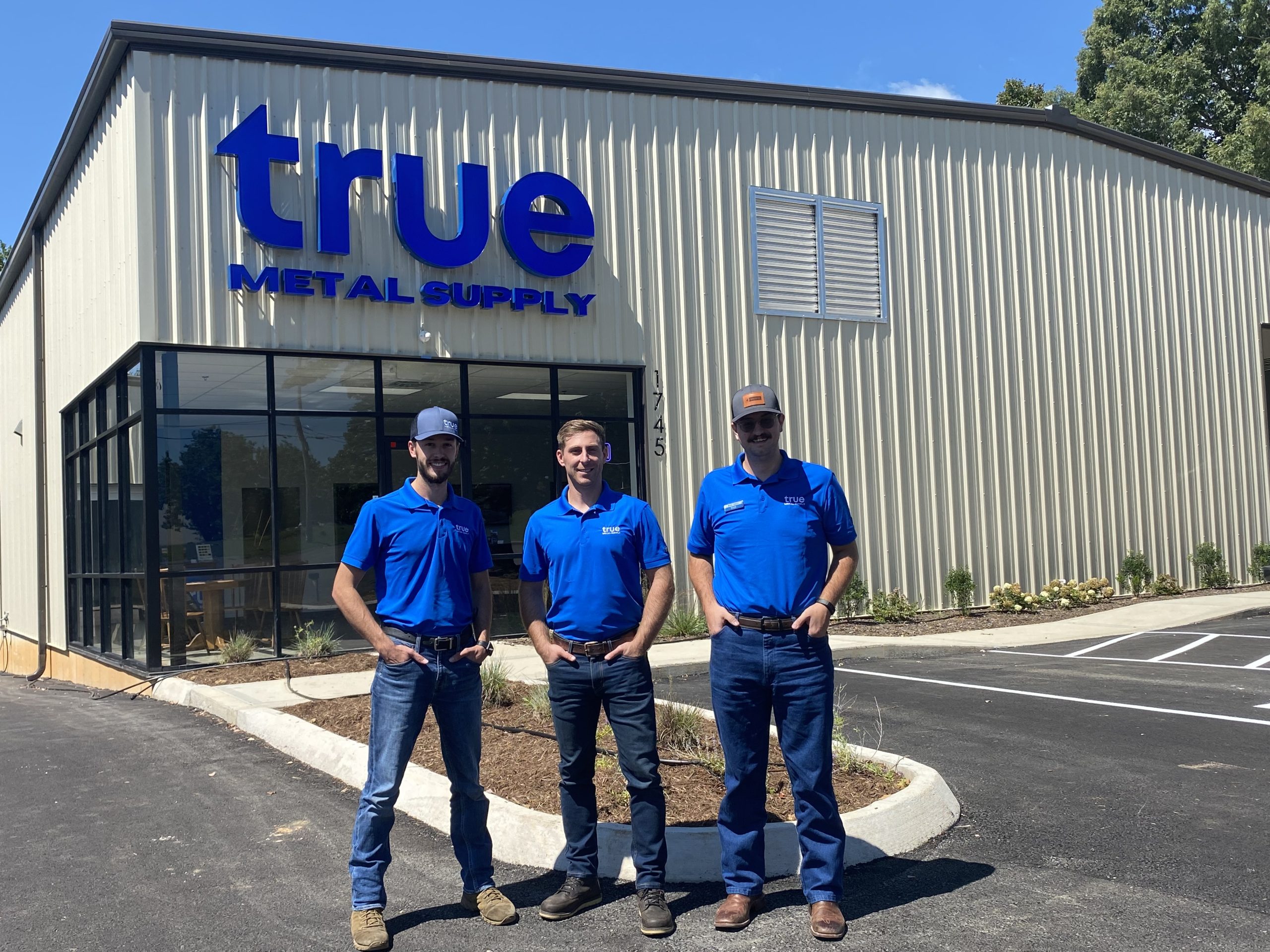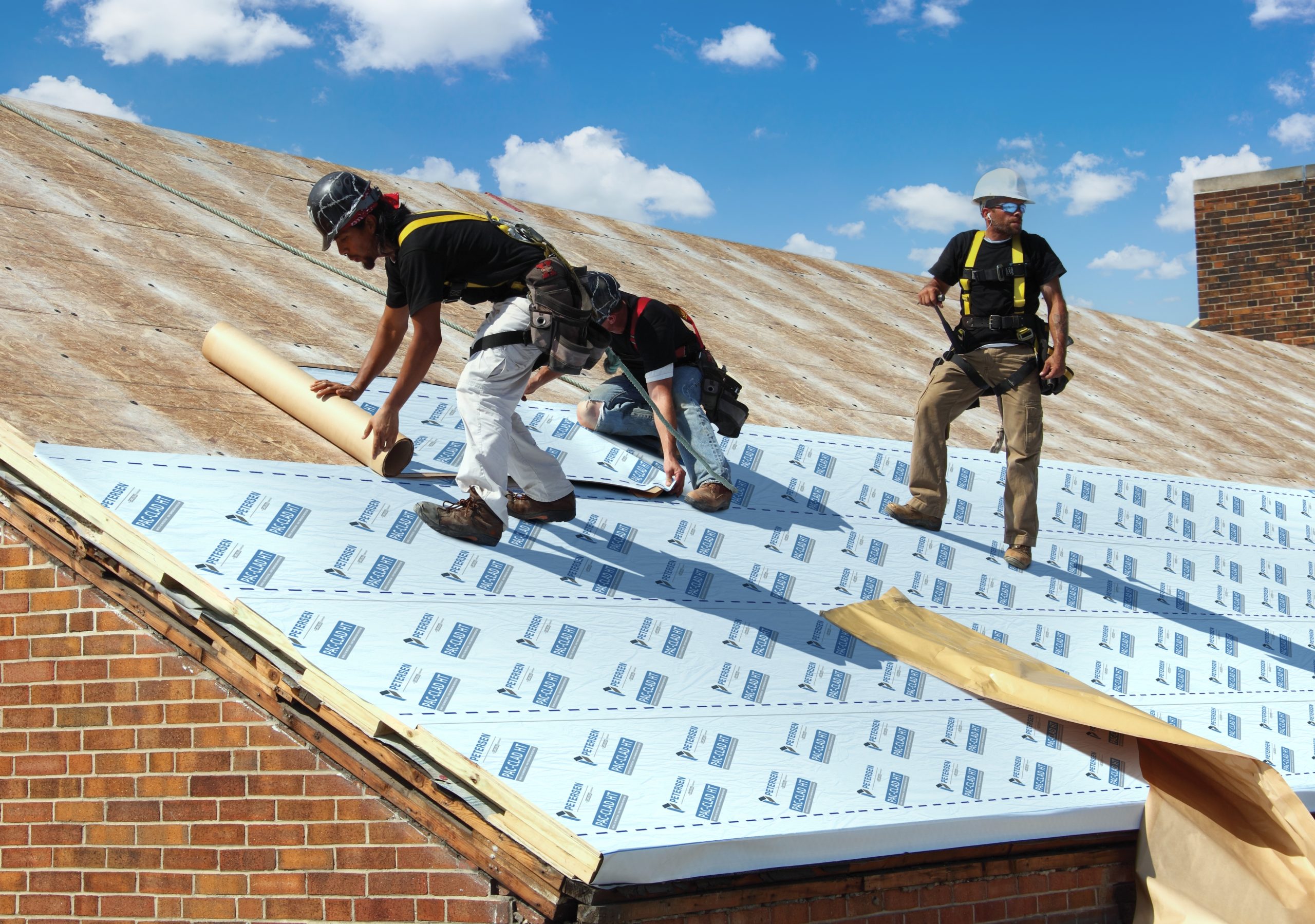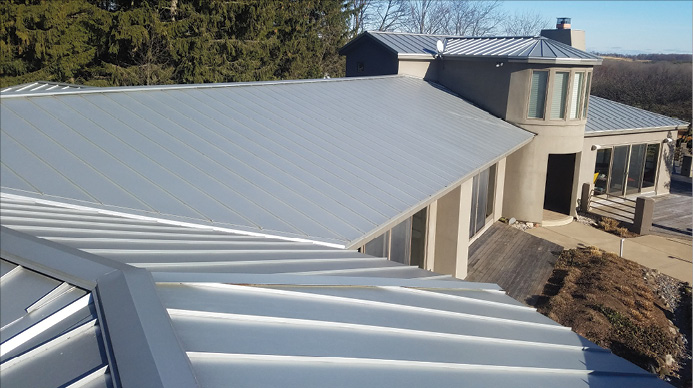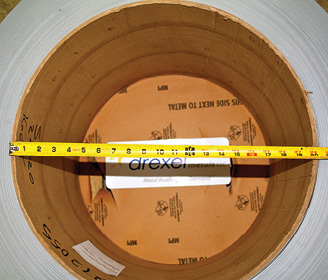While President Trump has made recovery of the U.S. steel industry a priority, it is not an easy task and the challenges persist.
The Challenges
Lisa Harrison, Senior Vice President of Communications for the American Iron and Steel Institute, notes that unfair trade practices persist on the global stage, and the steel industry in the U.S. has yet to recover.
“The leadership and innovations of the industry are at risk due to high levels of unfairly traded imports,” she says. “The steel industry has not seen the same post-recession growth that has benefited the rest of the manufacturing sector.”
Employment numbers help to tell the tale.
“As of December 2018, steel mill employment was still more than 11,000 below the most recent peak reached in December 2014,” Harrison says. “And although raw steelmaking capacity utilization is trending upward, it remains well below rates in the high-80 percent to mid-90-percent range frequently observed in the decade prior to the Great Recession.”
Over-capacity is also hampering the return to former glory.
“Global steel overcapacity, around 500 million tons, continues to be driven by unfair trade practices, government-owned and controlled steel industries, and other trade distortions—and has yet to be adequately addressed,” Harrison adds.
There are signs of recovery, however, and the AISI continues to support government efforts to improve the game rules.
“We support the strong actions of the Administration to address unfair trade practices like subsidies and steel dumping into the U.S. And it is taking hold. Through April of this year, total and finished steel imports were down 8 percent and 17 percent respectively, from the same period last year,” Harrison adds.
Growth Follows Optimism
The first sign of true optimism is evident when a company starts to make major internal investments. This is the case of Pittsburgh-based United States Steel Corporation. In February, it announced that it would invest $215 million to upgrade its Fairfield Works plant in the Birmingham, Alabama area. An advanced electric arc furnace will be installed, a project suspended in December 2015 due to unfavorable market conditions.
In May, U.S. Steel made an even greater commitment when it announced it would invest more than $1 billion in constructing new facilities in the Pittsburgh area, the company’s biggest upgrade in decades.
The new construction includes a sustainable endless casting and rolling facility at its Edgar Thomson Plant in Braddock, Pennsylvania, and a cogeneration facility at its Clairton Plant in Clairton. Both are part of the company’s Mon Valley Works.
A press release from the company explains the upcoming changes.
“The cutting-edge endless casting and rolling technology combines thin-slab casting and hot-rolled band production into one continuous process and will make Mon Valley Works the first facility of this type in the United States, and one of only a handful in the world,” says David B. Burritt, president and CEO of U.S. Steel.
“This is a truly transformational investment for U.S. Steel. We are combining our integrated steelmaking process with industry-leading endless casting and rolling to reinvest in steelmaking and secure the future for a new generation of steelworkers in Western Pennsylvania and the Mon Valley,” he adds.
Endless Casting, Rolling Technology Planned
Installation of endless casting and rolling technology is designed to improve the quality and attributes of the company’s downstream products. Mon Valley Works is the principal source of substrate for the production of the company’s XG3 Advanced High Strength Steel (AHSS) for its automotive customers.
“This project, in addition to producing sustainable AHSS, will improve environmental performance, energy conservation and reduce our carbon footprint associated with Mon Valley Works,” notes Burritt.
The new endless casting and rolling facility will replace the existing traditional slab caster and hot strip mill facilities at the Mon Valley Works. Current and future employees will be trained in more advanced manufacturing skills to operate and maintain the new facility using training programs developed in partnership with local universities.
New Cogeneration Facility
Upgraded technology is a major part of the mix for the new facilities. As part of the project, U.S. Steel will include construction of a new cogeneration facility. It will be equipped with state-of-the-art emissions control systems at its Clairton Plant, to convert a portion of the coke-oven gas generated at its Clairton Plant into electricity to power the steelmaking and finishing facilities throughout U.S. Steel’s Mon Valley operations.
“We believe that adding sustainable steel technology to our footprint will create long-term value for our employees, our region, our customers and our investors,” says Burritt.
First Coil Production Is Expected In 2022
First coil production is expected in 2022, contingent upon permitting and construction.
The technology will allow for optimization of the Mon Valley Works and other U.S. Steel facilities without increasing the company’s overall steelmaking capacity. RF
